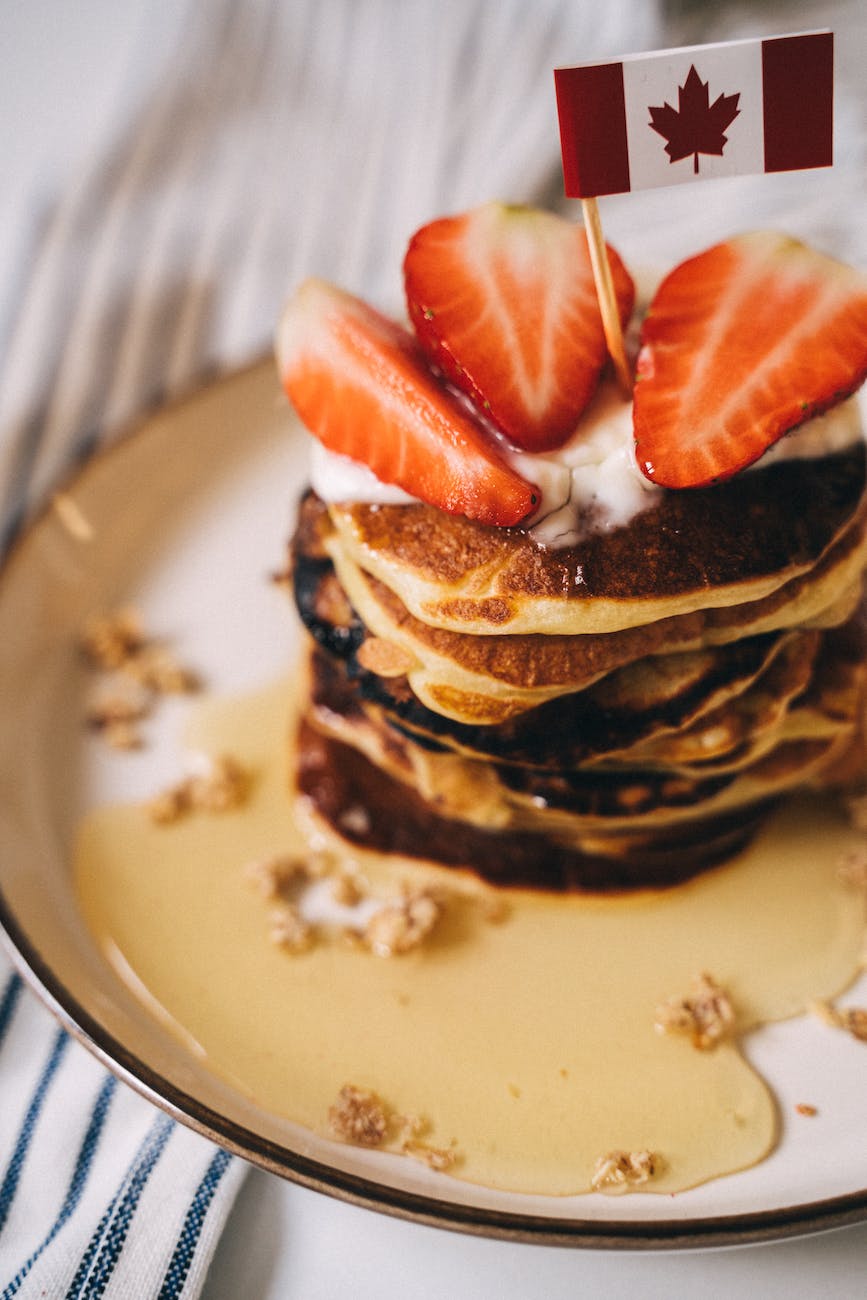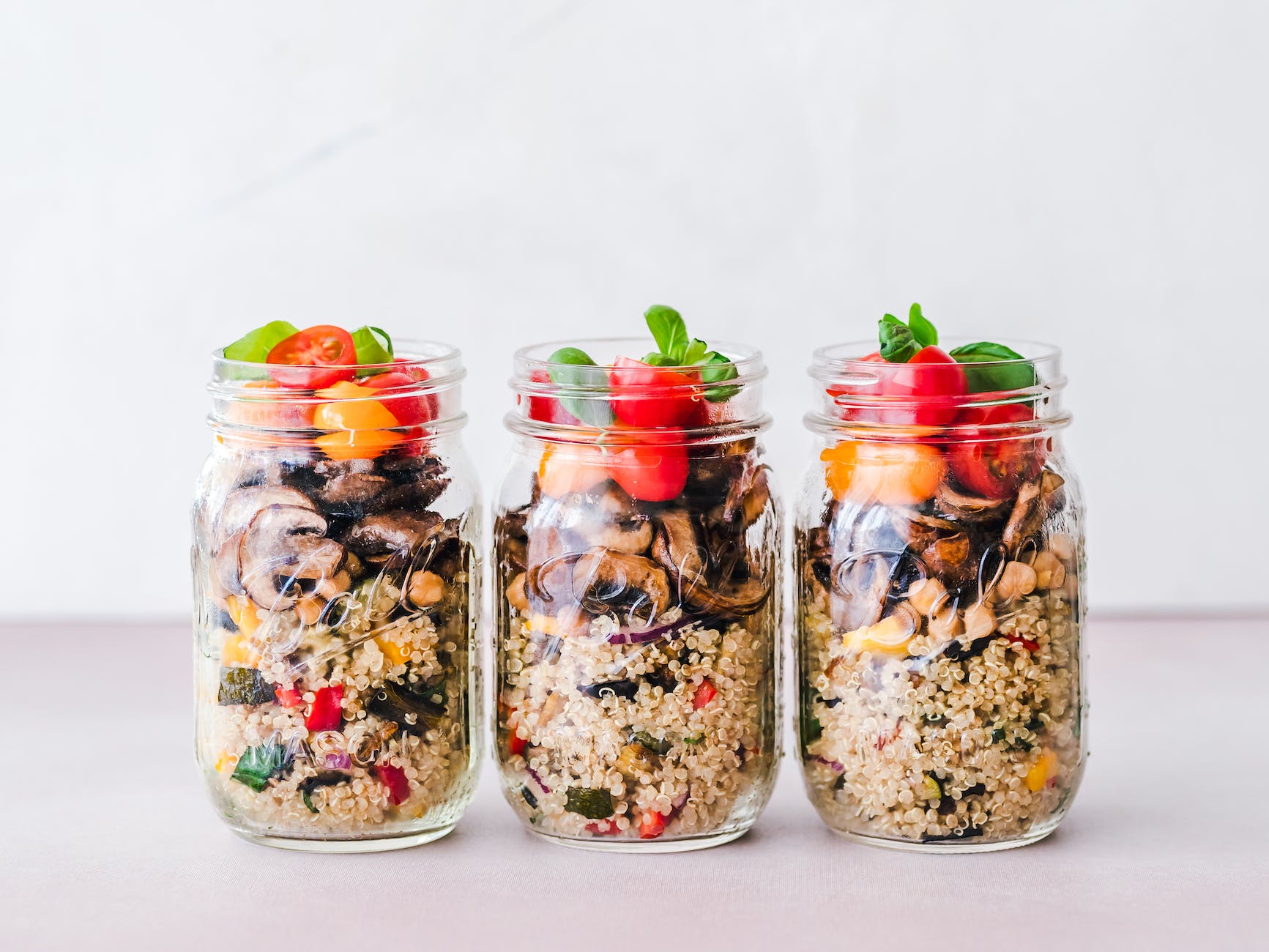
Welcome, culinary explorers, sweet aficionados, and connoisseurs of Canadian tradition! 🍁
Today, we embark on an epic journey, a voyage of sweetness that ventures deep into the heart of Canadian culinary heritage. We’re exploring the glorious world of Maple Syrup, a rich, amber elixir that’s far more than just a delicious topping. It’s an emblem of Canadian identity, an intrinsic part of our gastronomic lineage, and a testament to the bountiful gifts that nature bestows upon us. 🌳💖
Nurtured by Canada’s unique climate of crisp winters and late frosts, maple trees offer their sweet sap. The transformation of this sap into the divine, velvety liquid that has graced breakfast tables worldwide for centuries is a fascinating process, an amalgamation of age-old tradition and progressive innovation. It’s a labor of love, a testament to the Canadian spirit, and a celebration of our rich, natural bounty. 🍁❄️
So, let’s make ourselves comfortable. Pour yourself a steaming cup of coffee ☕, and let’s set forth on this sweet exploration together. We’ll delve into the heart of our nation’s maple forests, unearthing some of the most revered, premium, and award-winning maple syrups that our Great White North has to offer. Are you ready? Let’s dive into the enchanting sweetness that is distinctly Canadian. 🇨🇦🌲
🔝5️⃣ Golden Creek Maple Farm Syrup 🥉: Our countdown begins with this illustrious brand, which has been impressing industry experts and securing its place in numerous maple syrup competitions. Nestled in the heart of Ontario’s lush forests, Golden Creek Maple Farm crafts its syrup with meticulous care, preserving the purity and quality that’s distinctly Canadian. This family-owned operation is a testament to generations of syrup-making wisdom, and each bottle encapsulates the natural sweetness of our homeland. The result is a syrup that’s truly worthy of the Canadian culinary legacy. 🍯👨🌾
🔝4️⃣ Turkey Hill Sugarbush Ltd. Maple Syrup 🏅: Coming in at number four, we have a renowned brand that has been passionately maintaining the heritage of maple syrup production. Turkey Hill’s award-winning syrup boasts a rich, full-bodied flavor that has captured the hearts of connoisseurs and judges alike. Their commitment to traditional syrup-making methods is reflected in every delectable drop, bringing the wild beauty of Canadian forests and the charm of culinary tradition straight to your table. It’s more than just a syrup; it’s a bottled narrative of Canadian pride. 🏞️🥞
🔝3️⃣ Bronte Creek Maple Syrup 🥈: Securing the third spot is Bronte Creek’s exceptional, small-batch syrup. This artisanal marvel is crafted through a rigorous boiling process, ensuring that every batch brings forth a unique, rich, and distinct flavor. The result is a symphony of sweetness that has captured the attention of global syrup aficionados and earned accolades aplenty. Each bottle is a testament to the resilient Canadian spirit, beautifully encapsulating the balance between time-honored wisdom and innovative practices that our nation is renowned for. 🍁🔥
🔝2️⃣ Ferme Martinette Maple Syrup 🎖️: Nearing the pinnacle of our countdown, we have the globally-recognized Ferme Martinette Maple Syrup. This syrup boasts an array of awards, each one testament to the premium quality it consistently delivers. Crafted through traditional methods, each drop transports you to the heart of Canadian maple forests. Every bottle is a celebration of Canada’s rich syrup-making heritage and a deliciously sweet reminder of the gifts of nature. It’s an invitation to experience a luxurious taste of Canadian tradition. 🎊🌳
🔝1️⃣ Richardson’s Farm Maple Syrup 🏆: Finally, we arrive at the crowning glory of Canadian maple syrups – the unparalleled Richardson’s Farm Maple Syrup. This superstar product has secured multiple awards and is hailed by both culinary experts and syrup lovers alike. The Richardson’s Farm team takes great pride in their craft, focusing on taste, quality, and consistency to produce a syrup that’s nothing short of perfection. Every bottle is a testament to the craft, an embodiment of the culinary excellence that Canada prides itself on. It’s more than a syrup; it’s a culinary jewel that symbolizes the art of syrup-making, a tribute to Canadian craftsmanship, and an expression of the enduring legacy of our maple syrup heritage. 👑🍁
As our sweet odyssey draws to a close, let’s reflect on the resounding symphony of flavors that Canadian maple syrups have woven. These bottles of amber delight are more than just pantry staples; they are edible expressions of our culture, a celebration of tradition, and a tribute to the nurturing lap of nature. They represent the stories of our maple trees, the dedicated artisans who coax out their sweetness, and the Canadian tables they grace, adding a touch of delight to every meal.
So, here’s a toast to our maple trees, to the labor of love that transforms their sap into liquid gold, and to every Canadian who savors this sweet legacy. Let’s raise our glasses high, pour that syrup, and relish the delectable sweetness that Canada has so graciously gifted the world. This is our tribute to the amber wave of delight that graces our tables, tantalizes our palates, and elevates our culinary legacy. Let’s celebrate the sweet symphony that Canada orchestrates, today and every day! 🇨🇦🥂🎉












